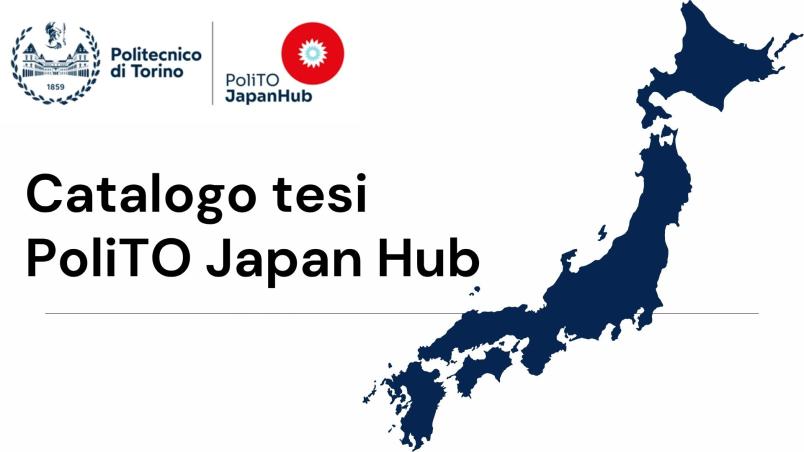1- Development of an AI-Based Model for Early Detection of Diabetes Using Retinal Fundus Images
This thesis develops an automatic deep learning model for diabetes prediction from retinal images. It evaluates classification performance and interpretability using convolutional neural networks and vision transformers, investigating the impact of image quality and demographic variability. The model may support early screening and non-invasive monitoring in clinics
Relatore: Gabriella Balestra
Università partner: The University of Osaka
Durata mobilità: 6 mesi
Capacità specifiche richieste: Python programming, Medical Image processing, conoscenza base di statistica, abilità a lavorare in gruppo e in maniera indipendente
2- Feature-Based Deep Learning for Mutation Impact Prediction in Protein Dynamics
This thesis uses in-use and deep‐learned features to predict how pathogenic mutations affect protein structure and dynamics from molecular dynamics simulations. By applying dimensionality reduction, clustering, and supervised machine learning, it extracts patterns that distinguish wild‐type from mutant conformations, advancing interpretable, mutation‐specific biomarkers for insulin signalling
Relatore: Gabriella Balestra
Università partner: The University of Osaka
Durata mobilità: 6 mesi
Capacità specifiche richieste: Python programming, Medical Image processing, conoscenza base di statistica, abilità a lavorare in gruppo e in maniera indipendente
3- Integrating Clinical and Demographic Data for Retinal-related Pathologies Risk Prediction Using Machine Learning
This thesis develops a machine learning framework integrating clinical and demographic data to predict individual retinal-related pathologies (e.g., cardiovascular and diabetes) risk. Statistical feature‐selection methods and ensemble models will be employed, comparing different strategies for multimodal data integration and advancing personalized risk-assessment tools
Relatore: Gabriella Balestra
Università partner: The University of Osaka
Durata mobilità: 6 mesi
Capacità specifiche richieste: Python programming, Medical Image processing, conoscenza base di statistica, abilità a lavorare in gruppo e in maniera indipendente
4-Towards Explainable AI for Molecular Dynamics: Visualizing Structural Transitions in Protein Simulations
This thesis creates an explainability framework for deep learning on molecular dynamics simulations, leveraging saliency maps, layer-wise relevance propagation, attention mechanisms, and concept-based analysis to visualize key structural transitions in IGF1R/INSR heterodimers, linking AI-driven insights to biophysical interpretation.
Relatore: Gabriella Balestra
Università partner: The University of Osaka
Durata mobilità: 6 mesi
Capacità specifiche richieste: Python programming, Medical Image processing, conoscenza base di statistica, abilità a lavorare in gruppo e in maniera indipendente
